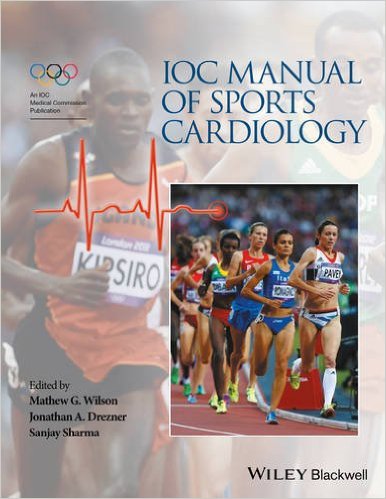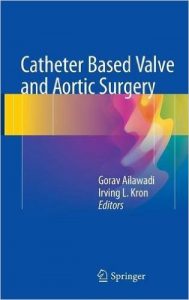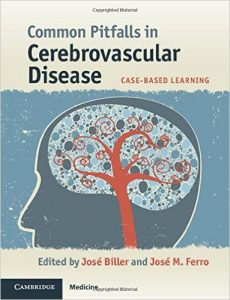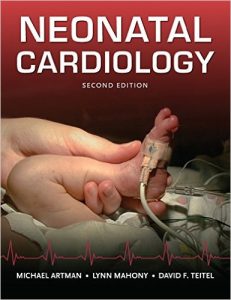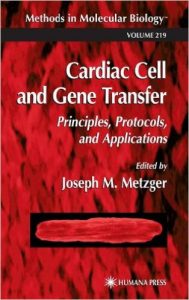
[amazon template=iframe image2&asin=1420088068]
Cardiology Science and Technology comprehensively deals with the science and biomedical engineering formulations of cardiology. As a textbook, it addresses the teaching, research, and clinical aspects of cardiovascular medical engineering and computational cardiology.
The books consists of two sections. The first section deals with left ventricular (LV) wall stress, cardiac contractility, ventricular remodeling, active wall stress and systolic pressure generation, and vector cardiogram characteristics, with applications in cardiology. The second section covers ECG signal analysis for arrhythmias detection, LV pumping (intra-LV, aortic and coronary flow) characteristics, and coronary bypass surgery design, with applications in cardiology and cardiac surgery.
This book is like an exciting train ride through the heart and into blood flows within its chamber, the coronary tree, the aorta, and finally into coronary flow and bypass grafting. The train starts from the heart’s central station and journeys through exciting places of heart wall stresses, cardiac contractility measures to characterize heart failure, and active stress generation to develop systolic heart pressure. We learn about cardiomyopathic heart remodeling and its surgical ventricular restoration, theory of ECG and vector cardiogram with medical applications, and heart rate variability signal processing to detect cardiac arrhythmias.
In the heart chamber, we witness the amazing intricate intra-ventricular flow patterns. Then, we study pressure pulse wave propagation into the aorta, determination of pulse wave velocity and arterial elasticity as a measure of arteriosclerosis. We climb into the mountainous coronary terrain and look at the fascinating scenery of coronary flows and myocardial perfusion that governs cardiac contractility. Finally, we arrive at coronary bypass grafting and witness the new sequential anastomosis design for enhanced patency.
This fascinating journey helps us to fully appreciate cardiology from the science, technology, engineering, and mathematics viewpoint. The book represents what can be termed as computational cardiology, and hence belongs to the emerging field of computational medicine.
DOWNLOAD THIS BOOK FREE HERE
http://upsto.re/AvVAsJE
